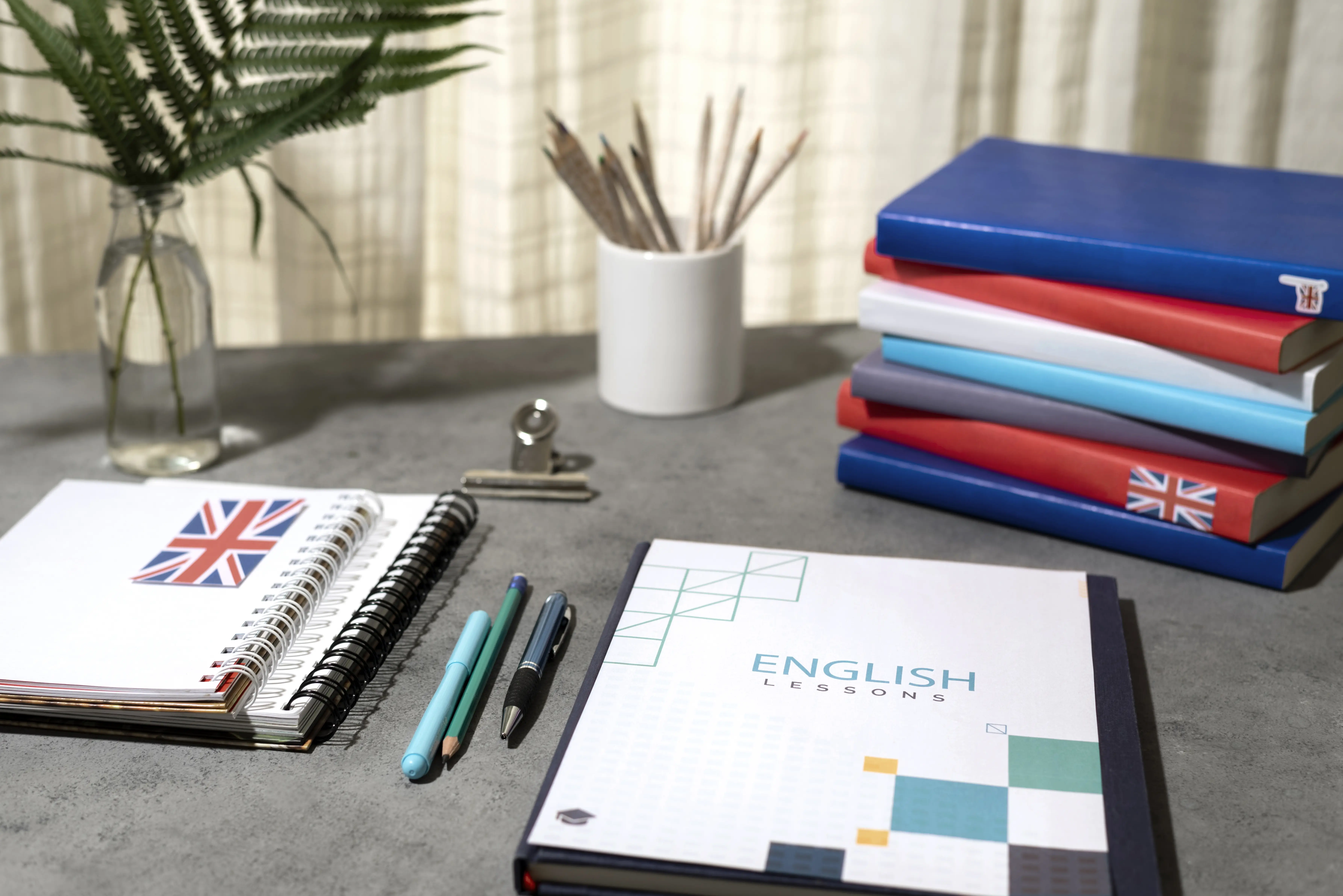- The Reading Comprehension section of CLAT comprises passages of around 450 words and 22-26 questions derived from historically significant non-fiction and fiction writing.
- It has a 20% weightage in the CLAT 2026 exam.
Given this, it's no surprise that CLAT Reading Comprehension is one of the most significant areas of the test. In this post, we'll discuss several key subjects, a quick approach to reading, and some helpful hints and strategies. So read on.
CLAT English Language: Key Points
The reading comprehension for CLAT will have passages around 450 words long, drawn from a notable
fiction and non-fiction work of history or contemporary events, and will be suitable for a
12th-grade student to read in 5-7 minutes.
While answering the questions in this section, make sure to remember these key points.
- Read and grasp the paragraph's main meaning, as well as any arguments or viewpoints
presented in the passage.
- Based on the reading, make assumptions and deductions.
- Summarize the text.
- Compare and contrast the various arguments or points of view presented in the passage.
- Recognize the meaning of various phrases and idioms within the context of the paragraph.
CLAT 2026: Detailed English Language Syllabus
|
Concept
|
Topics
|
|
Vocabulary
|
- Synonyms & antonyms
- Idioms and phrases
- Phrasal verbs
- Collocations
- Contextual word meaning
|
|
Grammar & Sentence Structure
|
- Error spotting & sentence correction
- Tenses, subject-verb agreement, and article usage
- Active and passive voice
- Parallelism & modifiers
- Sentence completion & improvement
|
|
Comprehension & Interpretation
|
- Understanding main ideas & supporting details
- Author’s tone, intent, and argument
- Logical inferences and deductions
- Summarising and paraphrasing
- Understanding idiomatic expressions in context
|
|
Analytical Skills
|
- Identifying arguments and evaluating statements
- Comparing and contrasting viewpoints
- Critical reasoning within passages
|
|
Miscellaneous
|
- Fill in the blanks
- Error identification in vocabulary and grammar
- Vocabulary-based reasoning questions
|
CLAT English Language– Types of Questions
While preparing for the CLAT 2025 exam's English language part, you can focus on the following
sorts of questions:
- Author's tone
- Author's argument
- The tone of the text
- Meaning of the term
- Idioms and phrases
- Synonyms & Antonyms
- Vocabulary and word meaning
- The main idea of the paragraph
- Statement supporting the passage
How to prepare for the CLAT English Language section?
Check out the tips to prepare for CLAT English Language below.
Step 1 - Improve your speed
It is critical to focus on your speed. The CLAT paper will have lengthy and complicated
paragraphs, therefore you must increase your reading speed while also understanding the content.
In terms of maintaining reading speed, aspirants frequently sacrifice precision in favor of
completion, which is where the majority of their errors occur. Here are some strategies for
solving CLAT passages:
- Read a variety of tough items, including literature, editorials on current events, and other
difficult writing pieces.
- Use a stopwatch while reading to determine how long it takes you to read and comprehend the
paragraph.
- To improve your speed and understanding, practice reading difficult articles and sections
regularly.
- It's critical to maintain consistency and practice every day. Your reading speed and
comprehension skills will not increase without consistent effort.
Step 2 - Practice the previous year's papers
The practice of CLAT question papers from the last four years will help you grasp the structure
and complexity of actual CLAT tests.
It is vital to understand that the level of difficulty in each paper will vary. As a result, in
addition to practicing past years' papers, you must also practice your mocks, which come in a
variety of difficulty levels.
Step 3 - Sharpen your vocabulary
The majority of the questions in the English section are on synonyms, antonyms, idioms, and other
related themes. To tackle this part, you must have a solid vocabulary.
The following are some recommendations on how to increase your vocabulary for CLAT:
- Try to learn 20 new English words every day. Remember the meanings of words that are
unfamiliar or difficult to remember. This will help you build and increase your vocabulary.
- Make a point of reading the newspaper for at least 45 minutes every day. This will improve
your reading comprehension skills.
- Try employing shortcuts to make learning new terms more habitual and easy.
Common Mistakes & How to Avoid Them
Focusing on every word instead of the gist
How to avoid: Read the passage for main ideas first; infer the meaning of difficult words from context.
Neglecting vocabulary practice
How to avoid: Daily learn 10–20 new words, idioms, and phrases; revise with flashcards.
Ignoring grammar rules
How to avoid: Regularly revise grammar topics; practise sentence correction and error spotting.
Poor time management
How to avoid: Allocate specific time for reading and answering; attempt easier questions first.
Inconsistent practice
How to avoid: Maintain a daily study routine; include reading, vocabulary, and grammar exercises.
Skipping past papers and mocks
How to avoid: Solve the previous 4–5 years’ English sections; analyse mistakes and adapt strategy.
CLAT English Language: Important Tips
Here are some Reading Comprehension tips for CLAT.
- Understanding higher-level sentences: Learn complicated sentence patterns
and enhance your vocabulary.
- Consistency: Consistency is crucial to improving your CLAT reading
comprehension score.
- Practice Tips: Use the recommendations provided to enhance your RC
performance for CLAT.
- Efficient reading: Efficient reading entails reading at a suitable speed
and focusing on key information.
- Score improvement: Consistent practice and use of the guidelines can help
you optimize your score in the CLAT RC sections.
- Potential and ability: Aim for the greatest possible score depending on
your potential and the skills you acquire.

